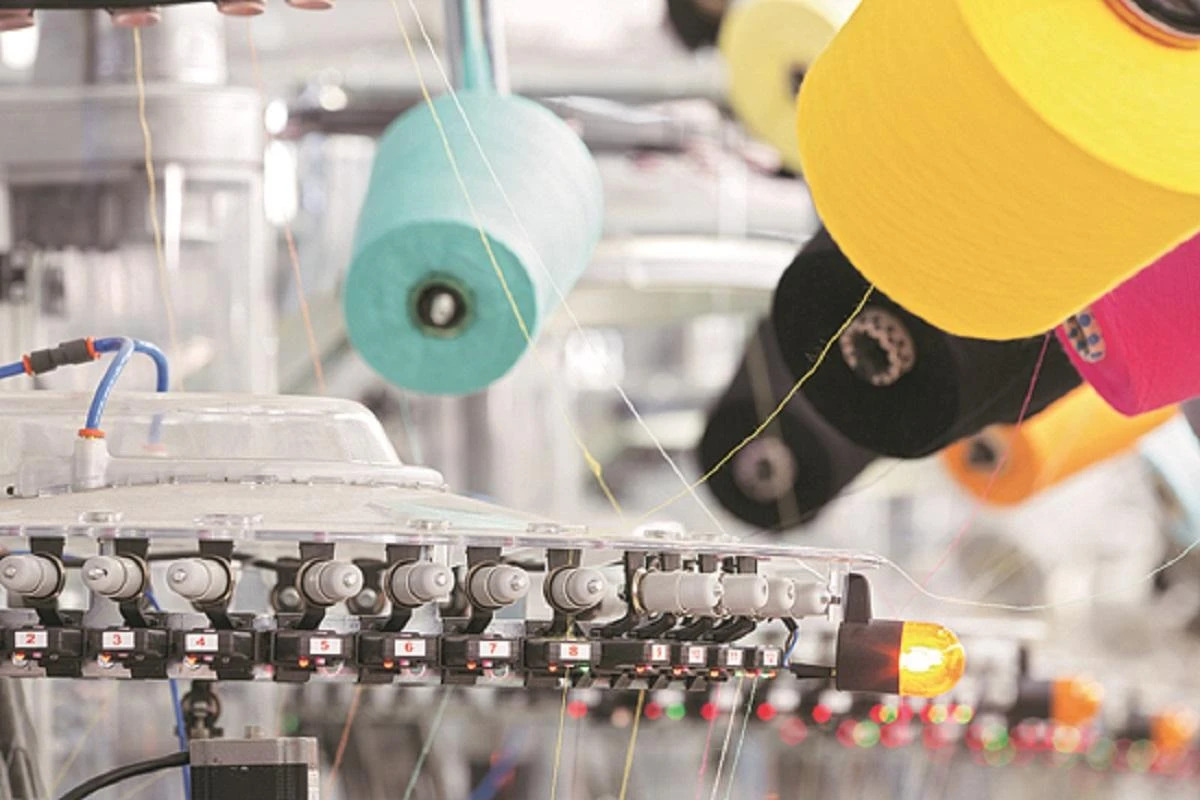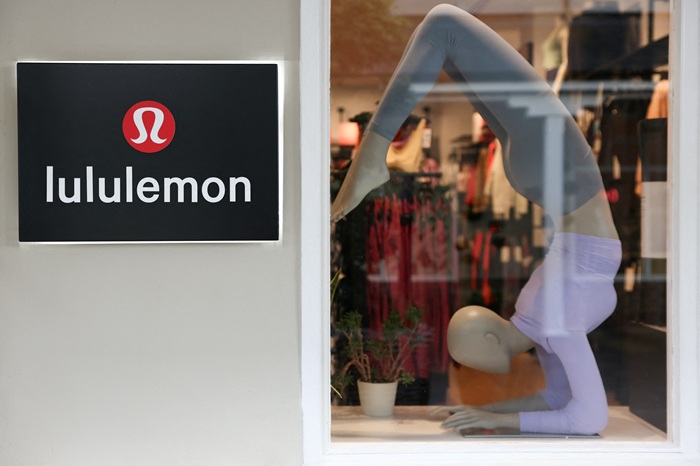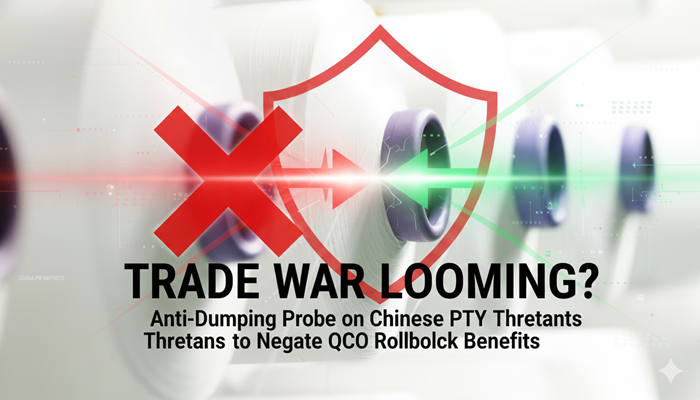
Europe’s fashion and textile scenario is on the verge of its most consequential structural shift in over a decade. The European Union’s plan to abolish the €150 de minimis customs exemption for non-EU e-commerce imports, now fast-tracked for implementation by early 2026 is ready to reset competitive dynamics across the region. For years, this loophole allowed billions of small parcels to enter the bloc duty-free, enabling platforms like Shein and Temu to weaponize ultra-low pricing and scale to capture massive market share.
That asymmetric advantage is now being systematically dismantled. Once the exemption disappears, every cross-border parcel entering the EU will attract customs duties, VAT, and potentially additional handling charges. The impact will be immediate and deeply disruptive, particularly for Chinese fast-fashion exporters whose model depends on high-volume, low-value shipments.
Meanwhile European retail giants such as Inditex (Zara) and H&M, historically disadvantaged by this uneven tax regime are emerging as the biggest beneficiaries. With compliance discipline, proximity production, and established import infrastructure already embedded in their cost structures, the reform acts as a strategic tailwind precisely at a time when they face intense competition from Asian e-commerce titans.
The scale of the loophole
The volume of duty-free parcels entering the EU has rose to levels that few policymakers anticipated. More than 4.6 billion small parcels entered the bloc under the de minimis threshold last year, and over 90 per cent originated from China. These shipments bypassed standard import duty of roughly 12 per cent on apparel, allowing overseas platforms to undercut European price tags by margins traditional retailers could never match. To contextualize the scale of the distortion, the following table shows how the duty-exempt ecosystem ballooned relative to the EU’s apparel import market.
Table: Duty-free e-com parcels vs. overall EU apparel imports (2024)
|
Metric |
Estimate |
|
Total low-value parcels imported into EU |
4.6 billion parcels |
|
Share originating from China |
90%+ |
|
Estimated value of de minimis imports |
€35-40 billion |
|
Standard apparel duty for EU retailers |
12% |
|
Parcels entering with zero duty |
Nearly 100% of de minimis consignments |
The abolition of the exemption not only reintroduces duties but also introduces a proposed €2-per-parcel handling charge an added burden that hits low-ticket, high-volume models the hardest. For an item retailing at €8-10, even minor additional costs can collapse its price competitiveness.
Compliance becomes a competitive filter
Beyond the duty dimension, the EU is simultaneously rolling out its stricter Import Control System 2 (ICS2), requiring all incoming packages to be backed by comprehensive pre-arrival data. This includes accurate six-digit HS codes, detailed product descriptions, and complete declarations standards that many cross-border sellers have historically failed to meet.
Where European retailers already comply with REACH chemical norms, stringent product-safety frameworks, and routine customs processes, low-cost e-commerce exporters face a major structural adjustment. Delays, detentions, and administrative penalties under ICS2 could severely disrupt the speed-dependent, volume-driven model of platforms such as Shein and Temu. To illustrate the operational gap between regulated European import systems and fragmented Chinese parcel-shipping networks, consider the following:
Table: Compliance complexity EU retailers vs cross-border e-commerce platforms
|
Parameter |
Inditex/H&M model (traditional retail) |
Shein/Temu cross-border model (D2C) |
|
Duty & VAT Exposure |
Fully compliant for all bulk imports (pays duty & VAT) |
Minimal to zero under de minimis rule—now ending |
|
Product Safety & REACH Compliance |
Integrated, certified supply base |
Historically inconsistent; audits limited |
|
ICS2 Data Requirements |
Existing infrastructure and integrated ERP systems |
High risk of misdeclaration or incomplete data |
|
Supply Chain Structure |
Near-shoring, consolidated shipments |
Millions of micro-parcels via air courier |
|
Vulnerability to Customs Delays |
Low (due to compliant bulk shipments) |
High under new rules (due to high volume of small parcels) |
The friction introduced by ICS2 is likely to be as impactful as the new customs charges themselves. A packet with incomplete HS codes may face multi-day holds, eroding the instant-gratification proposition that fuels fast-fashion e-commerce.
Why Europe’s traditional retailers stand to gain
The regulatory reset effectively rewrites the competitive calculus in Europe’s online apparel market, where Chinese platforms are estimated to have seized over 20 per cent of digital fashion sales in recent years. With the price gap narrowing and compliance burdens rising, Zara and H&M find themselves positioned to recover lost ground.
One of the most decisive advantages lies in operational agility. Inditex’s signature proximity sourcing model with nearly half its production located in Spain, Portugal, Morocco, and Turkey means shorter lead times, faster replenishment, and lower inventory risk. When cross-border shipments slow or become cost-prohibitive, agility becomes market share.
The rising cost of importing low-value shipments also reshapes consumer behaviour. For millions of price-sensitive customers who flocked to Shein or Temu for €5 tops or €10 dresses, the narrowing price gap may make it more rational to purchase domestically or from established European brands. Even a 10-15 per cent increase in final retail prices for Chinese imports could significantly temper demand.
This dynamic increases revenue potential for European brands, especially in the mid-value fast-fashion segment. With Chinese imports becoming less disruptive, European players can regain footing in categories where they previously struggled to compete purely on price.
Rebalance, not a temporary correction
The EU’s overhaul is more than a regulatory response; it marks the beginning of a long-term redrawing of Europe’s retail competitive boundaries. European retailers have endured years of systemic disadvantage fully taxed, highly regulated, sustainability-compliant while competitor models routed around these obligations through fragmented cross-border parcel flows.
The elimination of the €150 exemption dissolves the foundational economic pillar supporting ultra-cheap fashion imports. Combined with the heavier compliance architecture of ICS2, the new regime takes aim not at volume but at the systems and incentives that enabled vast underpriced inflows.
For European incumbents, the shift gives an opportunity to reclaim pricing power and re-energize online growth. For global fast-fashion disruptors, it introduces cost, scrutiny, and uncertainty into a model that depended on frictionless access. As the EU advances toward a post-de minimis future, the balance of power in the region’s fashion market is tilting decisively. Inditex and H&M companies already structured to absorb regulatory, compliance, and duty costs stand to benefit significantly from the new environment. The customs overhaul is expected to lift operating margins, reduce competitive pressure from Chinese exporters, and catalyse a meaningful shift in consumer buying behaviour back toward established retail brands.
The outcome is clear: Europe is engineering a more level playing field, but in doing so, it is also fortifying the competitive position of its homegrown fashion giants. For fast-fashion e-commerce platforms built on micro-parcel economics, the era of effortless expansion in Europe is coming to an abrupt end.











